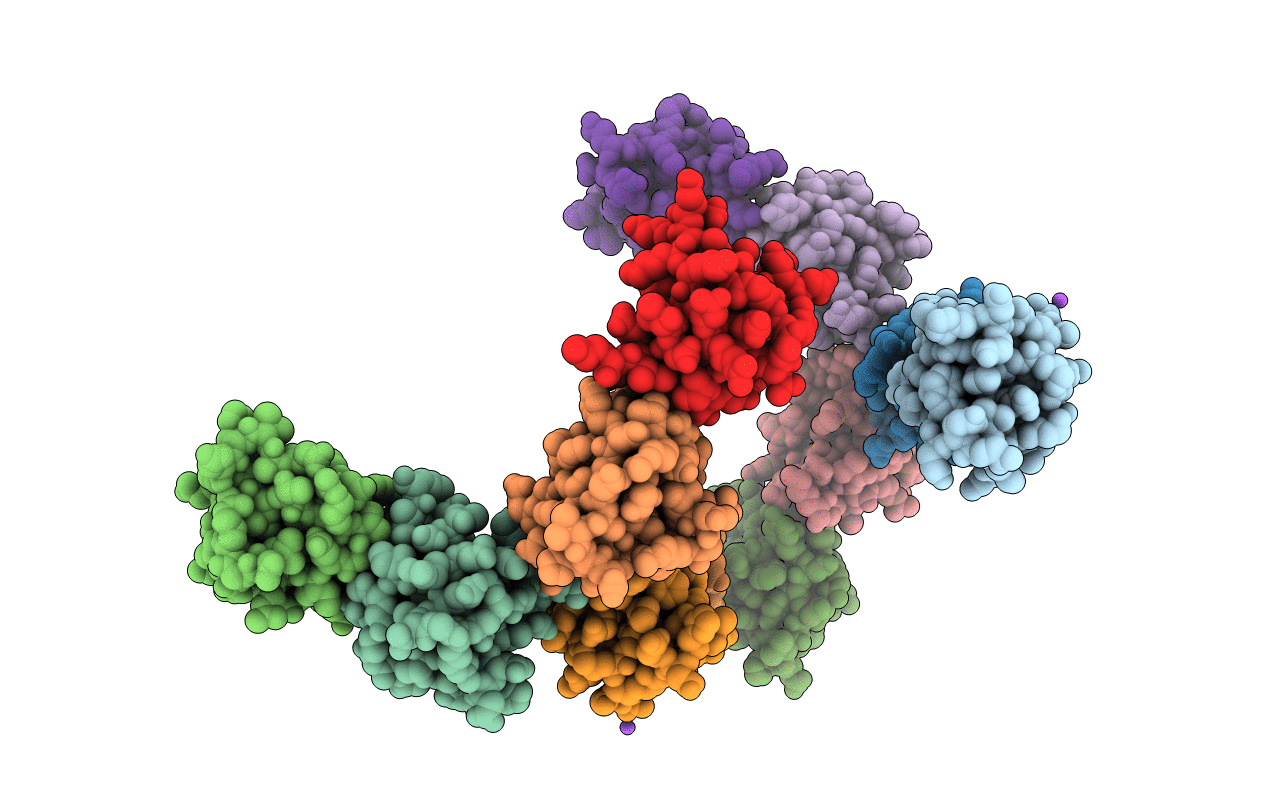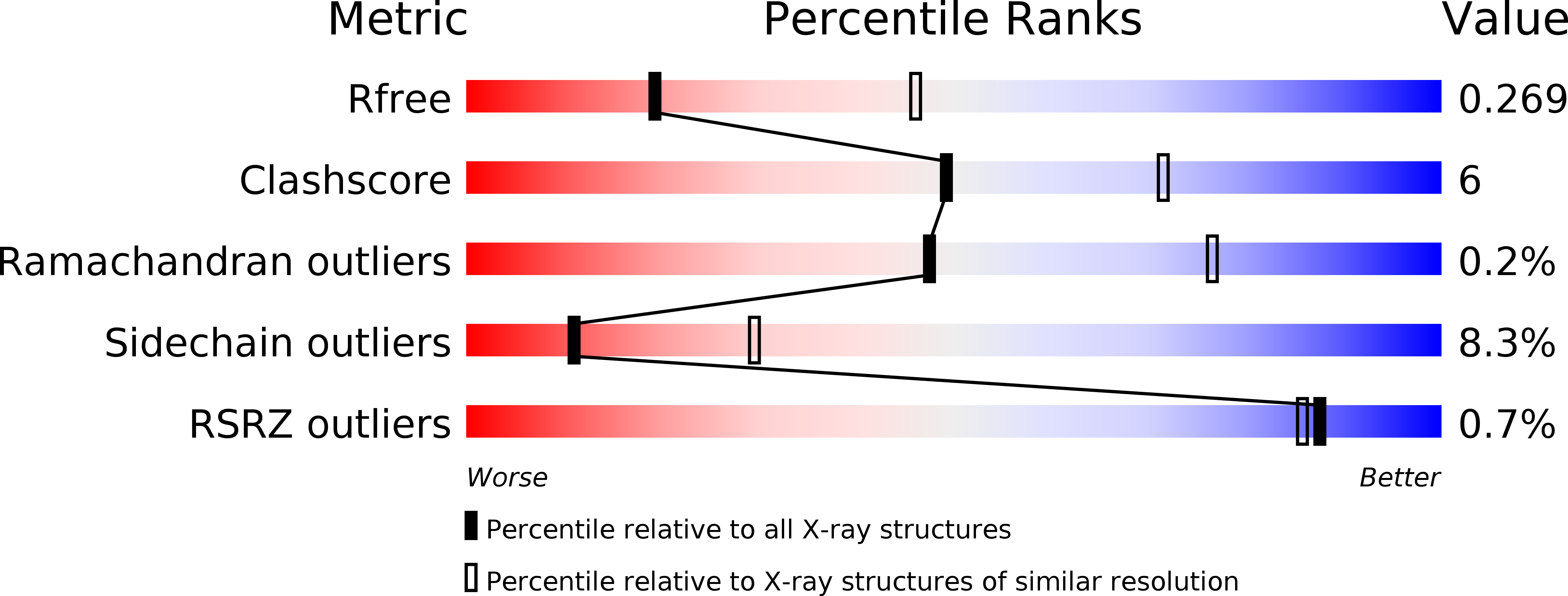
Deposition Date
2006-09-29
Release Date
2006-10-11
Last Version Date
2024-05-08
Method Details:
Experimental Method:
Resolution:
2.77 Å
R-Value Free:
0.27
R-Value Work:
0.20
R-Value Observed:
0.21
Space Group:
I 4


